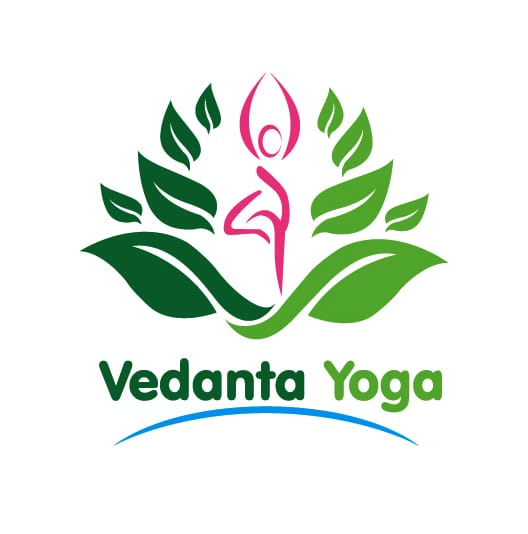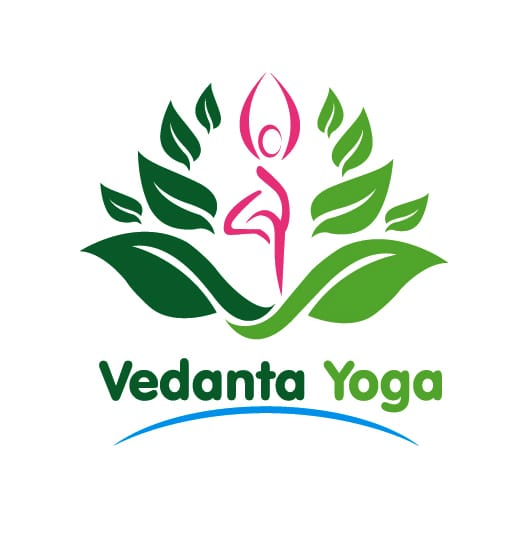Yoga – Newsletter
As Yoga finds yet another prestigious position in the UNESCO’s list of intangible world heritage, awareness about this ancient Indian mind-body discipline and its influence on us, continue to grow. It was Swami Vivekananda who introduced the Indian philosophies of Vedanta and Yoga to the western world in 1893 and immediately drew the attention of the whole World towards India and its philosophy. Today there are over 36 million Yoga practioners in the US alone (source: Google.com)
Derived from the Sanskrit word yuj, Yoga refers to the union of the individual consciousness or soul with the universal consciousness. As translated by Taimni, The state of unification of the two ( Jivatma & Paramatma) in consciousness as well as the mental process and discipline through which this union is attained are both called Yoga. The earliest mention of Yoga was found in the oldest surviving literature Rig Veda and the earliest mention of the practices that later became part of yoga are found in the
oldest Upanishad, Brihadaranyaka. Patanjali is considered as the father of Yoga and his Yoga Sutras form the basis of much
of the Yoga that is practiced today. As stated by Yehudi Menuhin, Patanjali in his 196 sutras described the ways of overcoming the afflictions of the body and the fluctuation of the mind: the obstacles to spiritual development.
Therefore while most of us believe Yoga to be a set of physical activities, a series of postures and a few breathing techniques, it means much more, much deeper than that.
While the goal of Yoga remains the same, the different paths have been varied depending upon the nature and essence of individual soul. One of the great seers to have born to this country, Swami Vivekananda divided it into four major paths. The Jnana
Yoga or the “path of Intellect” , Bhakti Yoga, “path of devotional bliss”, Karma Yoga or “path of unattached action” and Raja Yoga or Ashtanga Yoga the “path of Will power”.
The Ashtanga Yoga is divided into eight limbs namely: the yamas (restraints), niyamas (observances), asana (postures), pranayama (breathing), pratyahara (withdrawal of senses), dharana (concentration), dhyani (meditation), and samadhi (absorption).
people have come to recognize Yoga as much more than a form of exercise. One of the key reasons for yoga’s growing popularity has been its long-term impact on those who practice and teach yoga. Besides offering better strength and dexterity, Yoga provides better mental clarity and encourages the practioners to adapt to a healthier, more sustainable way of life.
Yoga is accepted World wide today, because people have realised its immense contribution not just in physical wellbeing but at all level of self development, such as, Physical Mental, Emotional Intellectual development YOGA, as a part of Therapy
Recent researches have found Yoga to have therapeutic benefits and the best part is without any such side effects, however yoga is best suited as a defence technique ie; if we practice yoga we are less prone to many diseases.

